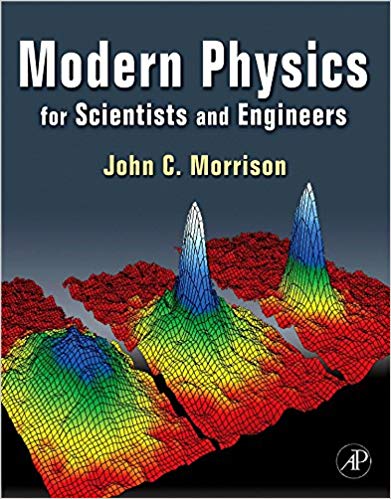This question is for physics 211, provide clear explanations
Guiding Question: What affects how fast an object falls? . Does a falling object affected by the drag force (air resistance) fall with constant acceleration or constant velocity? 1A. Draw a free-body diagram for an object falling in the air (do NOT neglect Drag ("air resistance"). Then write Newton's Second Law for the object. Finally, solve for the acceleration of the object in terms of the drag force D, the mass m, and g. 1B. You have three friends, Larry, Moe, and Curly, who each made an observation and then constructed a theory about falling objects from their observation: (1) Larry drops a flat sheet of paper and a Penn State directory, which are both about 8.5" x 11". Larry observes that the directory falls a lot quicker than the paper. Thus, Larry deduces, heavier objects always fall faster than lighter objects. (2) Moe drops a whole sheet of paper and a small section of a piece of paper (which got crumpled up when he shoved it into his pocket). He observes that the smaller, and thus lighter, piece of paper hits the ground first. Thus, Moe deduces that lighter objects always fall faster than heavier ones. (3) Curly drops a marble and a ping-pong ball from shoulder level and observes that both hit the ground at essentially the same time. Thus, he deduces that an object's weight never affects the time an object takes to fall. Penn State University Physics 21 1R: Lab - Newton's Second Law and Drag What explanation would you give to Larry, Moe, and Curly that would account for all of their observations? Be as complete and detailed as possible (just tossing out vocabulary words doesn't explain anything). Think about what the Drag force might depend on and use your above expression for acceleration in your explanation. Larry: Why did the phone book fall faster than the sheet of paper? Moe: Why did the crumpled paper fall faster than the heavier flat sheet? Curly: How could the two balls have fallen at about the same time? Before we start dropping coffee filters, we should first some do some serious thinking using Newton's Second Law. 2. Carefully draw the free-body diagrams for an object being dropped from rest in the air and reaching terminal speed, at three points: (a) immediately after being released, (b) some time later but before reaching terminal speed, (c) after reaching terminal speed. Using a double-line arrow (=>) to distinguish it from the individual forces, draw the vector sum of forces (net force). Make sure the vectors in each diagram show their relative scale. Moment of Before After release terminal terminal 3. Write Newton's Second Law for the object in case (b) after release but before reaching terminal speed. (You can choose either up or down as your positive direction of your coordinate system; just be clear to state which choice you have made.) Describe how Newton's Second Law for cases (a) and (c) differs, if at all, from the equation you have written. 4. Your two laboratory partners are having a discussion about the free-body diagrams. Your first partner argues, "The drag force can never be as large as gravity, even at terminal speed, otherwise the object would stop in mid-air." Your second partner argues, "The drag force must be larger than gravity at terminal speed since it needs to overcome gravity to make the object stop accelerating downwards." How do you resolve this discussion in your group







